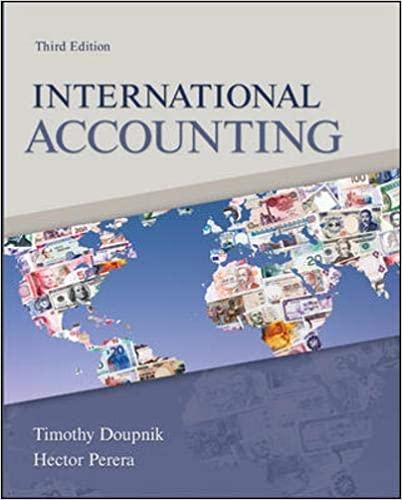
Identify the term being defined in each of the following items: 1. A report that provides financial information about the reporting entity's economic resources, claims against the entity and changes in those economic resources and claims that is useful to primary users in making decisions relating to providing resources to the entity. Existing and potential investors, lenders and other creditors. Financial information that is useful to primary users of general purpose financial reports in making decisions relating to providing resources to the reporting entity. To be useful, financial information must be relevant and faithfully represent what it purports to represent. 4. A qualitative characteristic that financial information must possess to be useful to the primary users of general purpose financial reports. (relevance and faithful representation) 5. A qualitative characteristic that makes useful information more useful. (comparability, verifiability. timeliness and understandability) 6. A particular form of general purpose financial reports that provide information about the reporting entity's assets, liabilities, equity, income and expenses. 7. Information whose omission or misstatement could influence decisions that the primary users of general purpose financial reports make on the basis of those reports, which provide financial information about a specific reporting entity. 8. The exercise of caution when making judgements under conditions of uncertainty. The exercise of which means that assets and income are not overstated and liabilities and expenses are not understated. Equally, the exercise of which does not allow for the understatement of assets or income or the overstatement of liabilities or expenses. 9. Uncertainty that arises when monetary amounts in financial reports cannot be observed directly and must instead be estimated 10. An entity that is required, or chooses, to prepare general purpose financial statements. 11. Financial statements of a reporting entity that comprises both the parent and its subsidiaries 12. Financial statements of a reporting entity that is the parent alone. 13. Financial statements of a reporting entity that comprises two or more entities that are not all linked by a parent-subsidiary relationship. 14. The right or the group of rights, the obligation or the group of obligations, or the group of rights and obligations, to which recognition criteria and measurement concepts are applied. 15. Uncertainty about whether an asset or liability exists. 16. A contract, or a portion of a contract, that is equally unperformed-neither party has fulfilled any of its obligations, or both parties have partially fulfilled their obligations to an equal extent 17. A present economic resource controlled by the entity as a result of past events. 18. A right that has the potential to produce economic benefits. 19. Within an economic resource, a feature that already exists and that, in at least one circumstance, would produce for the entity economic benefits beyond those available to all other parties. 20. The present ability to direct the use of the economic resource and obtain the economic benefits that may flow from it








